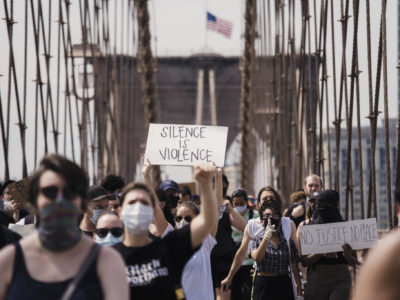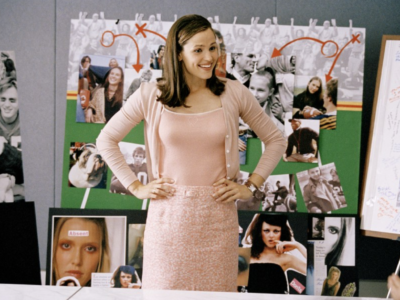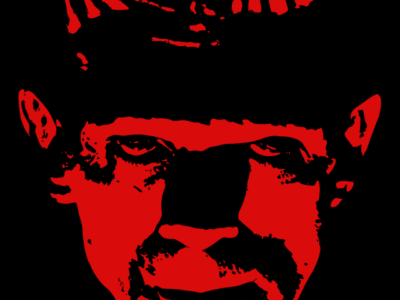“I’m not racist.” These words stumble out of white mouths in a panic. What do these words mean? The speaker often thinks being “not racist” means they don’t use the “n” word or commit hate crimes. “Not racist” conveys a limited definition of racism only characterized by blatant bias. When white people think of racism, we often think of active hatred. Racism expands to microaggressions, blindness to white privilege and more. White people fail when they insist they aren’t racist. White people must strive to be anti-racist. But these books aren’t a tool to guide white people.
Keep reading for some of the most enriching books to educate the average white person on what anti-racism means.
1. The New Jim Crow: Mass Incarceration in the Age of Colorblindness by Michelle Alexander

Alexander’s 2010 book details how mass incarceration disproportionately impacts black communities. She paints mass incarceration as a kind of neo-slavery, referring to it as the “new Jim Crow.” Alexander appears in the 2016 film 13th, which further examines how the loophole of the 13th amendment technically did not abolish slavery. Her book and the film perfectly complement each other. They teach white people America’s history of racism and how it pervades society today. Education is the first step to understanding how to be actively anti-racist. Know your history.
2. The Fire Next Time by James Baldwin
Composed of two letters, Baldwin’s The Fire Next Time takes on the experience of black men in America and the relationship between race and religion. The book is a confessional sermon and an exposé on how little has changed in regards to racial injustice over the past century. White Americans are unified only by their rejection of blackness. We are not unified by culture, religion or language, which only enforces the perception of whiteness as the default. “Read Black authors because they are excellent, not because they serve your white guilt. Center narratives, authors and characters who don’t share your lived experience—not because it’s a salve to racism, but because this country operates very differently for people of color…and their stories are imperative,” recent Amherst College graduate Jane Bragdon said. Baldwin’s beautiful writing unpacks these ideas in his second essay.
3. Freedom Is a Constant Struggle: Ferguson, Palestine, and the Foundations of a Movement by Angela Y. Davis

No reading list is complete without Angela Davis. She’s one of the only black leaders born before the 1950s to survive white oppression. Davis has a past filled with unapologetic resistance to injustice. In her new collection of essays, interviews and speeches, Davis shines a light on the nature of freedom amid state terror. Freedom Is a Constant Struggle blooms with hope and expands the view on racial injustice beyond America.
4. The Autobiography of Malcolm X by Malcolm X and Alex Haley
Published posthumously, The Autobiography of Malcolm X reveals the development of X’s philosophy of black pride, black nationalism and pan-Africanism throughout his life. Malcolm X is a controversial figure often accused of racism and violence. But perhaps given his assassination and white America’s tendency to silence black voices, anyone disposed to wave off his activism should read his works. “Malcolm X is so often turned into MLK’s ‘opposite’ (a disservice to both men) that most people never hear what he actually did or believed. This book isn’t just essential reading for American history; it’s also highly key to understanding our contemporary debates on what kind of protests are seen as ‘acceptable,’ and where that discourse comes from,” recent University of San Diego graduate Ale Esquer said. So much mythology surrounds Malcolm X. His story is well worth closer examination.
5. Assata, An Autobiography by Assata Shakur

Shakur resides in Cuba, still on the FBI Most Wanted Terrorist list. She joined the Black Panther Party, an organization deemed an extreme threat to national security due to its advocacy for total black liberation. Shakur was targeted by institutional racism and imprisoned until she escaped. She refers to herself as a 20th-century escaped slave, which furthers the idea of mass incarceration as neo-slavery. Read Skakur’s autobiography to understand the brutal circumstances of her imprisonment and persecution as a black woman.
6. Sister Outsider by Audre Lorde

A black lesbian should have the last word in everything. Especially if she’s Audre Lorde. Her collection of essays spans from an ode to anger to a redefining of the erotic. Always remember black lesbians are multiply-burdened, as they have a unique experience of oppression. They are queer black women. They experience racism, sexism and homophobia in a way straight white women or queer white women do not. Black lives matter. Those black lives include QTPOC. Learn how these communities are uniquely impacted in order to help end their oppression.
7. Capitalism and Slavery by Eric Williams

Though Williams wrote and published Capitalism and Slavery in 1944, his writing remains relevant. Read The New Jim Crow and then Capitalism and Slavery (or vice versa!) to find out how capitalism exploits black people through mass incarceration. William’s book details how American built our current economic system on slavery. To be anti-racist, you should be a little anti-capitalist. Or at least understand how capitalist upholds systemic racism.
8. killing rage: Ending Racism, by bell hooks

Where would the world be without bell hooks? Don’t even think about criticizing her choice of capitalization. No one shot down e.e. cummings and he was a sexist bastard. Let this black feminist live her life. hooks’ book chronicles the history of white feminism and its exclusion of black women, black generational trauma and more. Like Lorde, hooks finds rage can engender powerful change. killing rage: Ending Racism is a must-read for white women.
9. White Fragility: Why It’s So Hard for White People to Talk About Racism by Robin DiAngelo
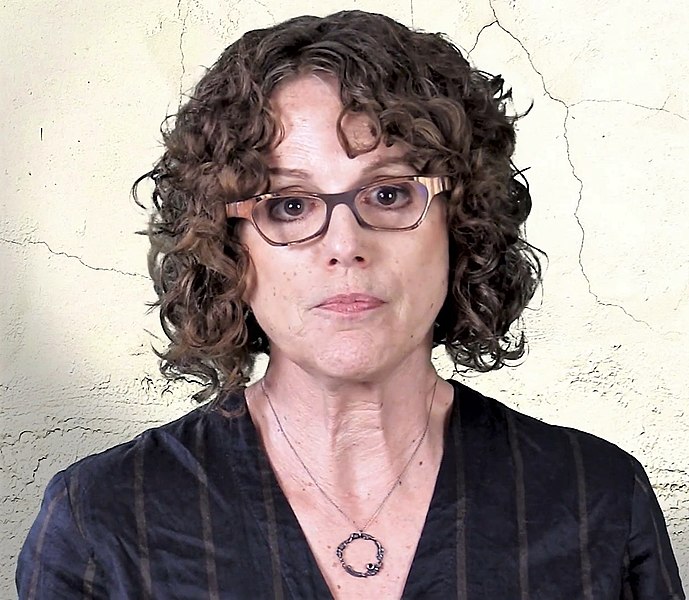
We white people are a fragile group. Why can’t we grasp our position in systemic racism? We have an inability to confront our own privilege. The education system’s avoidance of addressing topics of race and erasure of black voices in history doesn’t help. Robin DiAngelo refers to her experience as a diversity trainer, in which white people fail miserably to talk about race. She coined the term ‘white fragility’ in 2011. We are conditioned to espouse ‘colorblindness.’ “We are taught to ignore race. We cannot ignore it if we want to be anti-racist,” recent University of San Diego graduate Grace Stumpfer said. Read DiAngelo’s book to understand why being a bystander harms the oppressed.
10. Between the World and Me by Ta-Nehesi Coates
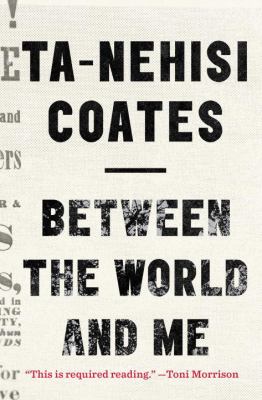
Coates draws structural and thematic inspiration from Baldwin’s The Fire Next Time. Between the World and Me is a letter written to Coates’ teenage son about the realities of life as a black man in America. The book unveils to white Americans the inhumanity of living in fear of violence at all times. And to have to live in fear for your child’s life every day. It is dangerous to be a black person in America. That is why white people must constantly strive to be anti-racist.

